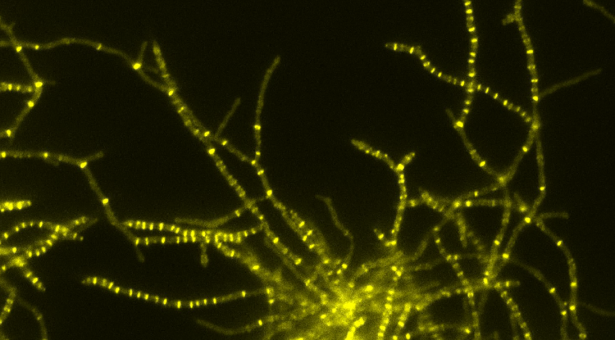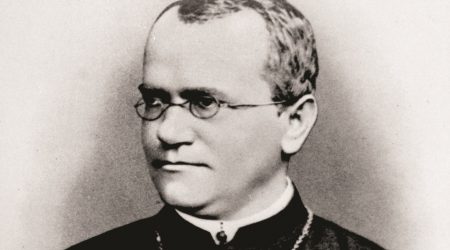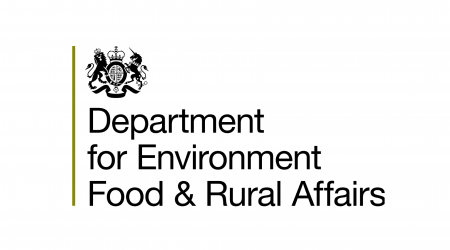What is good for you is bad for infectious bacteria

Plants are able to protect themselves from most bacteria, but some bacteria are able to breach their defences.
In research published in Science, John Innes Centre scientists have identified the genes used by some strains of the bacterium Pseudomonas to overwhelm defensive natural products produced by plants of the mustard family, or crucifers.
“Microbes only become pathogens when they find a way to infect a host and overwhelm the host defences,” said lead author Dr Jun Fan from the John Innes Centre on the Norwich Research Park.
“Our findings answer some important questions about host-pathogen biology.”
The scientists have confirmed that the chemicals used by cruciferous plants to defend against bacteria are isothiocyanates, nitrogen and sulphur-containing organic compounds produced by plants of the mustard family, such as cabbage, broccoli and Brussels sprouts. These potent molecules have antioxidant, anticancer and anti-inflammatory properties in humans.
Isothiocyanates are released by the plant when it is challenged or eaten. They had previously been shown to be active against bacteria but this is the first time their essential role has been successfully tested using real plants. Without this class of compounds, crucifers would be more vulnerable to disease from a much wider variety of bacteria.
Isothiocyanates also provide a chemical barrier to harmful fungi and a toxic defence warning to insects and other herbivores.
The team of scientists from the John Innes Centre and the University of Edinburgh found that bacterial pathogens carrying the sax genes, thought to be involved in detoxification and removal of isothiocyanates, were able to overcome these defences.
Understanding how some bacterial strains become specialised to overcome plant resistance will help scientists identify new ways to improve crop plants.
“These discoveries have a broader significance for current efforts to increase food security,” said co-author Dr Peter Doerner from Edinburgh University.
“They define a strategy for sustainable disease control in agriculture by stimulating the production and variety of natural products in various crop plants.”
The research was initiated by former John Innes Centre Director Professor Chris Lamb and he is an author on the paper.
“Chris supported the research for over a decade up until his death in 2009,” said Dr Fan. “This is a good example of his pursuit of excellence and relevance in scientific research.”
The work was funded by the BBSRC.



